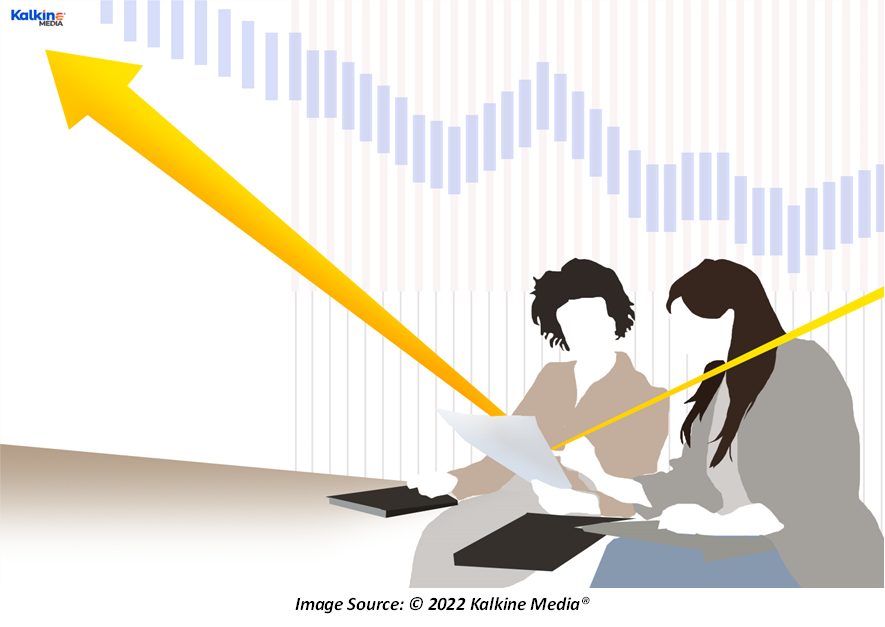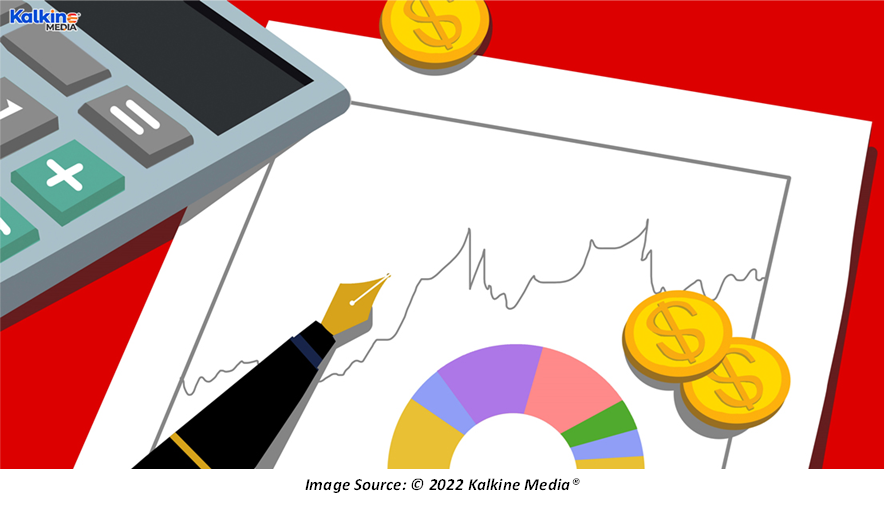Highlights
- As per RBA Governor Philip Lowe, Australia’s GDP growth surged to about 5% over 2021.
- Job vacancies have been going strong in Australia since the end of 2021.
- A high inflation rate could prompt a sooner interest rate hike by the RBA.
The Governor of the Reserve Bank of Australia (RBA) recently gave an opening statement to the House of Representatives Standing Committee on Economics, discussing macroeconomic factors - economic recovery, inflation, and monetary policy. Though Governor Philip Lowe discussed several favourable aspects building up in the economy, the key takeaway from the speech was his view on the overall economic outlook.
Also Read: US inflation spike may weigh on ASX stocks; what can investors do?
He started the speech with a special mention of the Australian economy’s resilience against the pandemic and related ill effects. He emphasised that while Omicron-induced uncertainty has had a negative impact on businesses, the economy has taken up the challenge head-on. Reflecting on the resilience of the economy, he shared the estimate that the GDP growth surged to about 5% over 2021 and can rise to 4.25% over 2022 before slowing to 2% over 2023.
Inflationary pressures and wages
By now, inflation talks have infiltrated every nook and corner, with the RBA also admitting that it underestimated the current inflation level. Though not limited to Australia, inflation worries largely stemming from supply-side disruptions have caused much concern among policymakers. The prices of crucial raw materials used in production processes have risen at a fast pace, with fuel prices outshining prices in other categories.
Meanwhile, inflation is hitting the average Australian harder with wages not increasing in tandem with rising price levels. Though there has been some improvement in wages growth, the rate of this rise has been quite slow. As per the RBA, the current wages growth experienced by Aussies stands at no more than “two-point something per cent”, despite a rise in existing non-wage benefits. In light of the ongoing economic revival, the central bank expects a further pickup in wages this year.

Besides, the RBA’s central forecast is that underlying inflation will increase to 3.25% in the coming quarters before easing to 2.75%. Thus, short-term expectations for inflation are growing strong, with some easing expected later in the year.
Good Read: Inflation on the rise, five sectors to watch out for
It is worth highlighting that the RBA sees more than the usual degree of uncertainty around wages and inflation. Mr Lowe mentioned that it is not clear at what pace will the demand for goods normalise as COVID infection cases fall. Meanwhile, he shared the uncertainty over the speed at which the supply side of the Australian economy can respond to changes in the demand side.
Solid outlook for jobs growth
Based on the economy’s stellar performance, the RBA estimates that the labour market will continue to grow in the year ahead. Job vacancies have been going strong in Australia, with companies increasingly demanding a skilled workforce. Additionally, many Aussies have decided to stay indoors as the Omicron variant spreads like wildfire. This has led to a severe dearth of workers in major industries, ultimately affecting business activity.
However, various green shoots are gleaming in the economy despite some challenges. Household balance sheets have remained strong as over AU$200 billion has been accumulated in additional savings over the past two years. Business investment is also not far behind, with the construction of many residential dwellings underway. Adding further impetus are the macroeconomic policies with increased investments being planned for infrastructure.
In its central forecast, the RBA expects the unemployment rate to drop below 4% this year and remain below 4% in the next year. However, uncertainty prevails over household savings, which may not seep in as efficiently into the system as desired.
Also Read: ABS: Payroll jobs pick up in January, but at a slower pace
Changed monetary policy structure
On the policy front, Governor Lowe put special focus on the recent Board decision to terminate its bond-buying program. He outlined the underlying reasons that prompted the RBA to take this step. Interestingly, the RBA had finished its last round of the bond buying program a day before this speech.

According to Lowe, bond purchases amounting to AU$350 billion have helped in reducing funding costs while supporting asset prices and keeping exchange rates lower. The central bank’s interest rate expectations have also moved higher from the previously proposed timeline of 2024 amidst a strong economy and high inflation.
Overall, the RBA has taken the balanced decision to restrict making a contractionary move based on existing short-term figures. As per the central bank, the labour market could be at risk if interest rates are raised early on. However, the RBA intends to pay special attention to inflation following an interest rate hike.
Related Read: Is an interest rate hike necessary to control Australia’s property boom?



